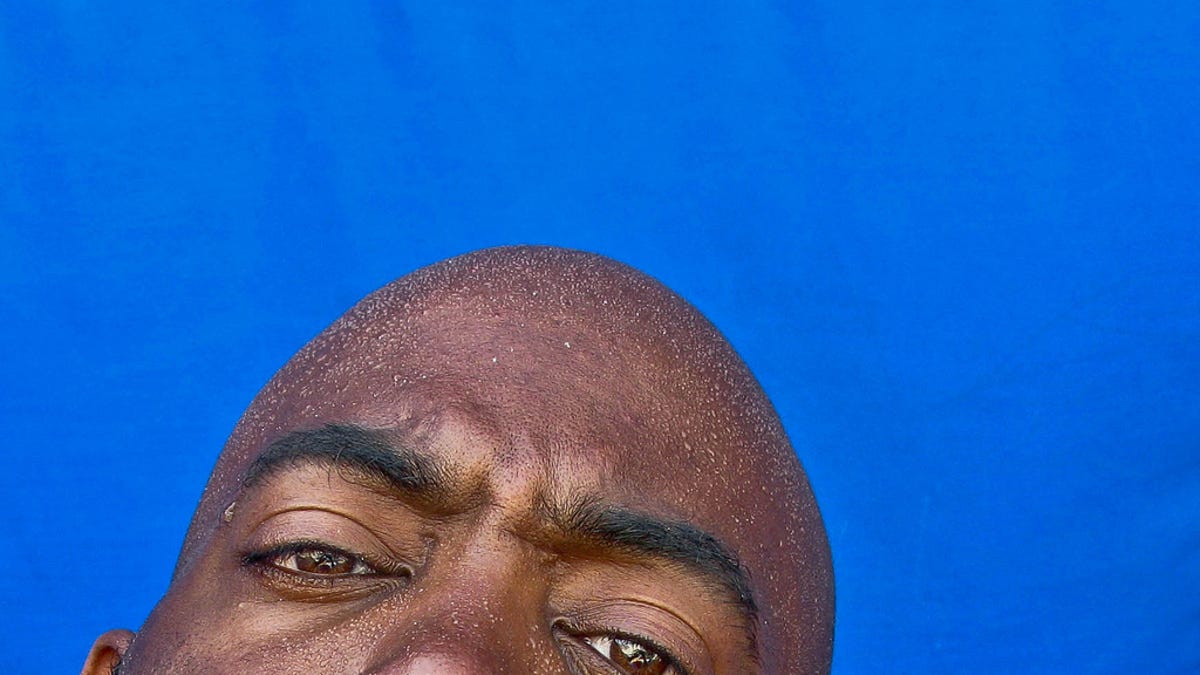New smart fabric mimics the way skin perspires
UC Davis biomedical engineers turn to human skin for inspiration in creating a new moisture-wicking fabric.

Biomedical engineers are unveiling a new type of fabric that, much like human skin, can turn excess sweat into droplets that simply fall away on their own accord.
"We intentionally did not use any fancy microfabrication techniques so it is compatible with the textile manufacturing process and very easy to scale up," said Siyuan Xing in a school news release. Xing is the lead biomedical engineering student on the project at the University of California, Davis.
An article in the journal Lab on a Chip describes the fabric's microfluidic platform. Multiple woven threads suck droplets of water off the human skin and into the fabric. Those droplets then drain along the threads and are expelled from the fabric's exterior -- in effect, making the fabric water-repellent.
What's more, this expelling action continues to work even after the fibers are totally saturated with water, thanks to the pressure created in the surface tension of the droplets. Also, because the fabric is designed to control where sweat is collected, versus where it drains, the rest of the fabric stays dry.
The team is open to working with top sports brands like Nike and Adidas, according to biomedical engineering associate professor Tingrui Pan. However, sports and fitness aren't the only industries that could benefit from this smart fabric. Think diapers and bandages, where "biofluid can be transported to the desired drainage sites without wetting the substrate," wrote Pan in an e-mail.
The team received partial funding from the National Science Foundation.

